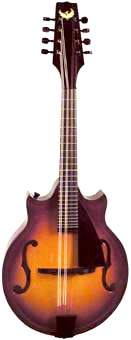|
|
|
Other Links of Interest
|
| Institute for Music, History, & Cultural Traditions (IMHCT) | Back issues of The Singing String News |
| Cultural Resources/Other Sites of Interest |
Among my many interests in Music Theory are the following (continued from Page One)
Two videos on Fugue.
ALSO SEE PAGE ONE OF MUSIC THEORY PAGES, FOR RESOURCES FOR MY BOSTON CONSERVATORY TUNING AND TEMPERAMENTS CLASS (including videos)
In 2005, I received a research grant from MACRO (link) for analysis of tonal palindromic compositions.
Palindromes are the same forward and backward.
A classic verbal example is:Madam. I'm Adam
Musical palindromes include:
My study includes works that have a clear tonal center because of the different issues at work in palindromic, non-tonal music such as the works of Webern.
I am interested in the nature of reversed harmonic progressions and the maintenance of a consistent tonal language in a palindromic setting.
I will eventually post some examples here along with a discussion of some of my findings.

Jim is on the faculty of The Boston Conservatory, teaching music theory, ear training and world music courses for both the Music Theory and Music Education Departments.
Jim maintains a private teaching studio in partnership with his wife, Maggi.
They also own and operate a publishing company, Singing String Music Publications.
He has written articles for Blues Revue Magazine and is the author of Mandolin for Beginners, published by Workshop Arts, Inc./Alfred Publishing. He is a frequent guest lecturer on topics such as composition, choral arranging and Irish traditional music.
He recently (2004-2005) received a MACRO research grant (Univ. of Wisconsin) to study and analyze palindromic compositions in the concert music repertoire and presented this work at the 2005 Macro Musician's Workshop in Madison WI.
| About the Artists--Downloadable PDF form |
